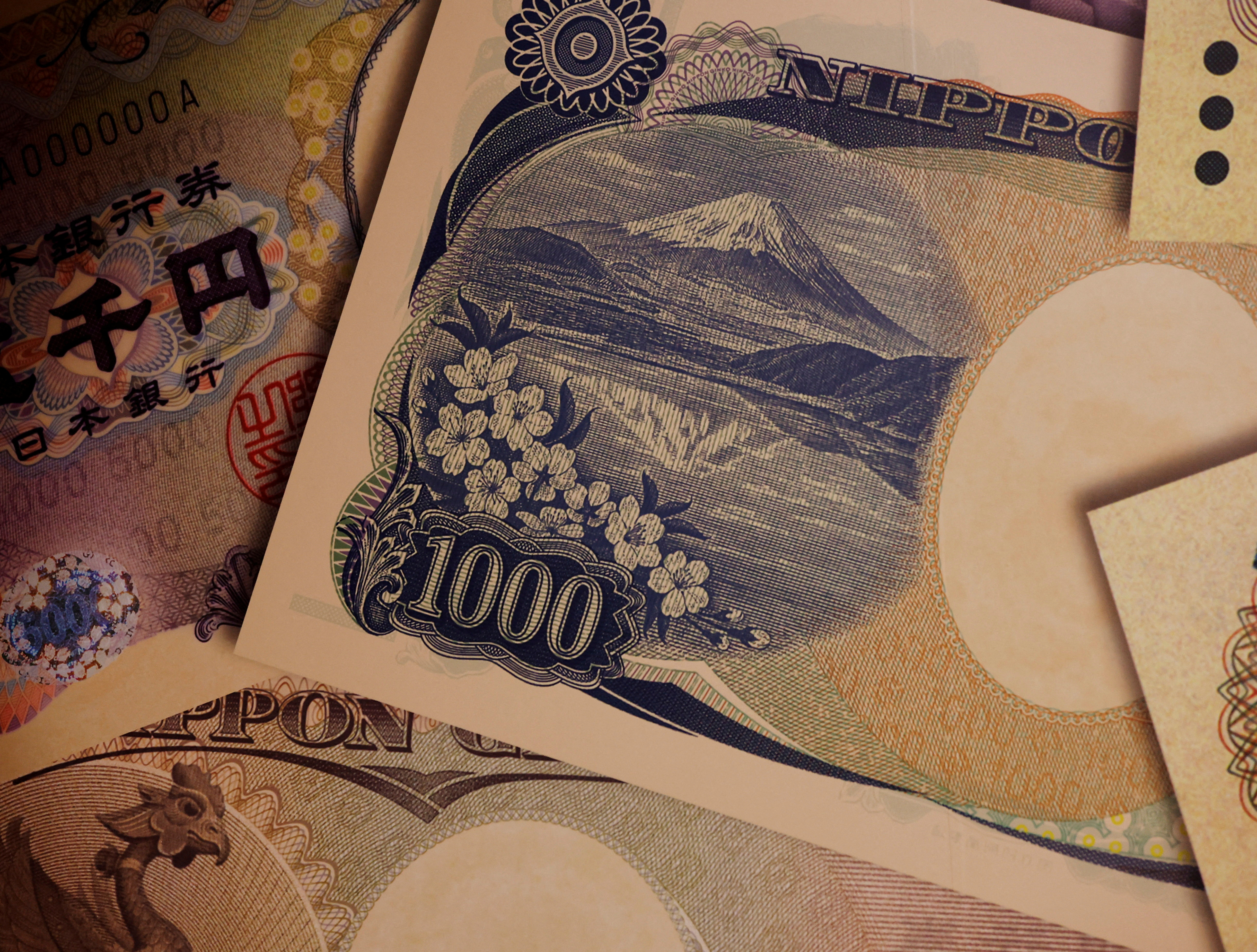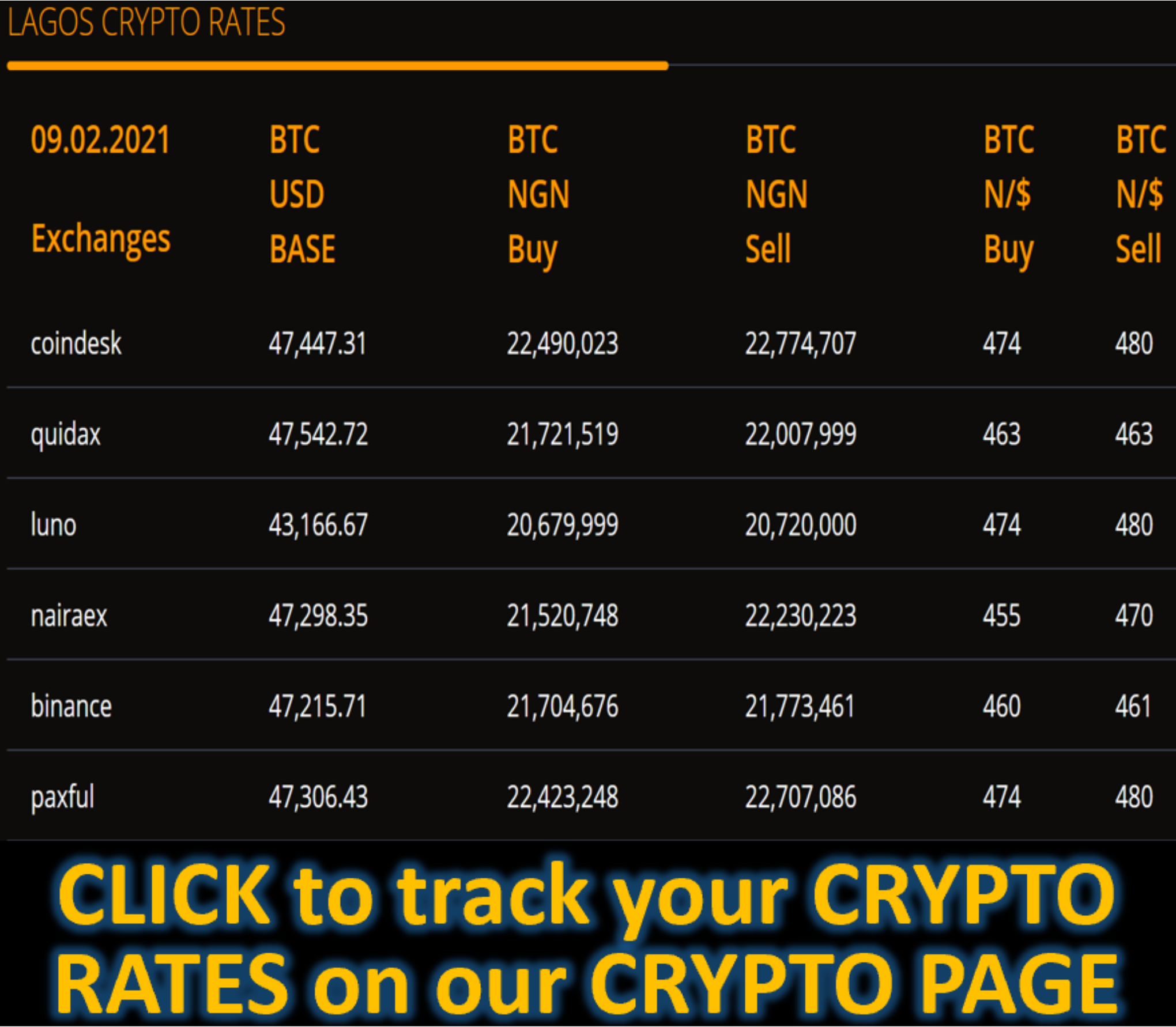Market News
Yen plunges to 38-year low vs dollar as markets brace for Japan intervention - REUTERS
- U.S.-Japan wide rate differential one reason for yen weakness
- Euro climbs to 32-year peak vs yen
- Japan's Kanda again warns on excessive FX moves
- U.S. new home sales slump to six-month low
NEW YORK, June 26 (Reuters) - The yen sank to its lowest against the U.S. dollar in nearly 38 years on Wednesday, as wide interest rate differentials between the two economies in favor of the greenback continued to pummel the Japanese unit, keeping traders on alert for any sign of intervention from Japan to boost its currency.
The U.S. dollar rose to as high 160.82, its strongest level since December 1986. The greenback was last up 0.7% at 160.697 yen. So far this year, the dollar has gained about 14% versus the yen.
The euro also surged against the yen, rising to 171.79, its highest since September 1992. It was last up 0.3% at 171.625 .
Japan's low interest rates, compared to that of the United States, have hammered the yen. While Japan has raised interest rates this year to a range of zero to 0.1%, U.S. rates of 5.25% to 5.5% mean investors are flocking to dollar assets for higher returns.
Investors are taking advantage of the big difference in rates in both countries by undertaking so-called carry trade strategies, in which investors borrow in low-yielding currencies to invest in higher-yielding ones. Carry trades have become hugely popular as some countries raised borrowing costs in recent years.
Analysts said traders are testing the resolve of Japan's Ministry of Finance, which spent $62 billion in late April and early May to support the currency when it fell past 160.
"Interventions tend to slow the market in general, but they struggle to reverse the market's direction significantly unless there is a major change in underlying monetary policy stances," said Vassili Serebriakov, FX strategist, at UBS in New York.
"For dollar/yen, it would be more powerful if the Bank of Japan hikes rates more aggressively, or the Federal Reserve starts cutting rates. But absent both developments, I'm not sure we can see a significant reversal. Intervention though can certainly limit its upside."
Japan's top currency diplomat Masato Kanda ramped up his warnings on excessive currency moves on Wednesday, saying authorities were "seriously concerned and on high alert" about the yen's rapid decline.
He noted that the yen's current weakness is not justified.

There is a chance, however, of a further rate hike from the Bank of Japan in late July, which could help support the yen.
Item 1 of 4 Examples of Japanese yen banknotes are displayed at a factory of the National Printing Bureau producing Bank of Japan notes at a media event about a new series of banknotes scheduled to be introduced in 2024, in Tokyo, Japan, November 21, 2022. REUTERS/Kim Kyung-Hoon/File Photo [1/4]Examples of Japanese yen banknotes are displayed at a factory of the National Printing Bureau producing Bank of Japan notes at a media event about a new series of banknotes scheduled to be introduced in 2024, in Tokyo, Japan, November 21, 2022. REUTERS/Kim Kyung-Hoon/File Photo Purchase Licensing Rights
The dollar index , which tracks the currency against six peers, rose 0.4% to 106.05.
SOFT US HOUSING DATA, PCE NEXT
U.S. new home sales came in weaker than expected. Sales of new U.S. single-family homes dropped to a six-month low in May, falling 11.3% to a seasonally adjusted annual rate of 619,000 units last month. The dollar showed little reaction to the data, which added to growing evidence that the world's largest economy is slowing down.
The market's next focus will be Friday's U.S. personal consumption expenditures index (PCE), the preferred Fed gauge on inflation. Investors want to see whether prices pressures in the economy are trending in the right direction. A lower-than-expected number could trigger a rise in rate cut bets this year, providing some relief to the yen.
"The PCE is less likely to get outsized data than you would when measuring CPI (consumer price index)," said Eugene Epstein, head of structuring for North America at Moneycorp in New Jersey. "That being said, there needs to be a really large variation in the PCE to change the dynamic on rate cuts."
The euro slid 0.3% to $1.0679 after a European Central Bank policymaker talked up the chances of further rate cuts this year, a notably different stance from the Fed's Michelle Bowman.
ECB governing council member Olli Rehn told Bloomberg that two more cuts this year seemed "reasonable". That contrasted with Bowman, who said she did not expect any U.S. rate cuts this year.
Elsewhere, Australian inflation accelerated to a six-month high of 4% in May, with traders scrambling to price in a strong chance of a further rate hike by November. The Aussie dollar was up 0.1% against the U.S. dollar at US$0.6655 .

Sterling fell 0.5% versus the dollar to $1.2627.
The yuan was also getting squeezed by the dollar's stubborn strength, with China seemingly having signalled some tolerance for a cheaper currency by gradually weakening the midpoint of the yuan's daily trading range on the dollar.
The yuan, which has hugged the low side of its band for months, slumped to a seven-month trough on Wednesday of 7.2671 per dollar . The dollar was last little changed at 7.2667.









